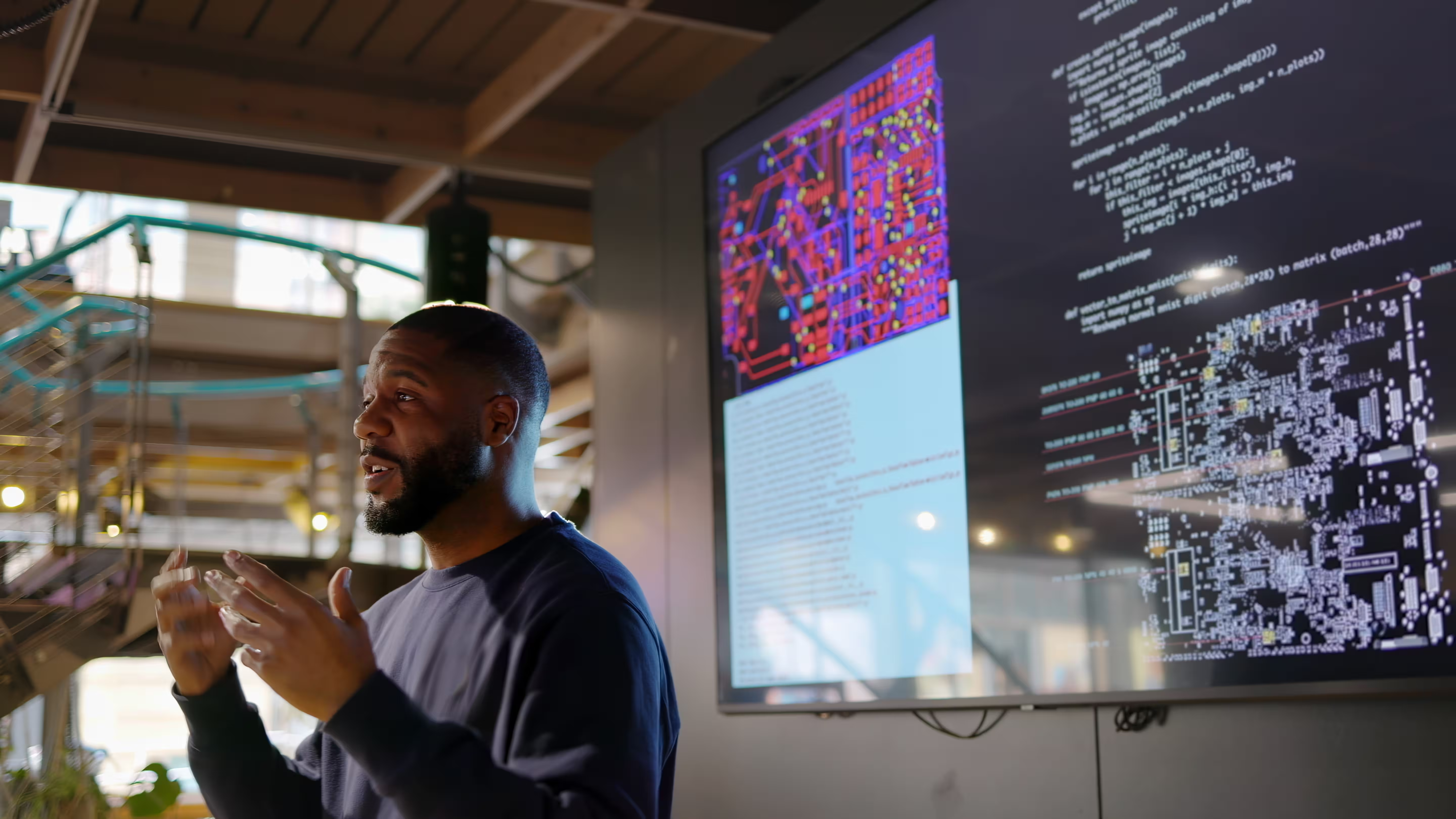How planning and preparation save the day in NFV deployments
Throughout history, telecommunications companies have long relied on field services technicians to install and maintain customer network equipment. But with the rise of plug-and-play devices and as-a-service models, it’s easy to question whether the field services industry will find itself in a race to the bottom for the cheapest resources—or become obsolete.
When it comes to network functions virtualization (NFV), this question is more important than ever. After all, who needs field services hardware support if all network functions live as software applications on an inexpensive server? And while NFV will offer many benefits for customers, it still takes proper planning and preparation to deliver a positive experience.
Rising demand for network virtualization and automation is driving the adoption of NFV infrastructure. The NFV market size is projected to grow from USD 12.9 billion in 2019 to USD 36.3 billion by 2024, at a Compound Annual Growth Rate (CAGR) of 22.9%. And according to an Ovum survey, 60% of service providers expect to achieve widespread NFV adoption in the next two years (rising from just 20% in June 2020).
Enterprise customers planning a large scale NFV deployment often believe customer premises equipment (CPE) can be pre-staged at the factory. And that, from there, equipment gets shipped to customer sites, physically installed and, once the device is connected to the network, customer configuration downloads are automatically triggered to begin.
But there are several things to consider before taking this approach:
- Duration of the download – File size and bandwidth constraints can cause download times to exceed five to seven hours. Field technicians who are onsite to install the CPE will have to wait for the configurations to load before they test them, complete the installation and get the site back online.
- Impact of “dead-on-arrival” (DOA) equipment – This is fairly rare in networking technology. But when thousands of devices are being deployed, a DOA can have a much bigger impact on rollout schedules with site delays and schedule changes.
- Deployment timeline – For sites that run six to seven days a week, upgrades must happen overnight and during off-peak hours to minimize business impact. So, keeping to the schedule and making sure sites are back online by the next morning becomes much more important.
A smarter approach is to consider centralized “build” and staging. While it seems like it adds a step at the beginning, it actually eliminates and simplifies other steps further down the line. In the case of NFV:
- An automated NFV pre-staging platform can systematically load site-specific configurations onto the NFV devices.
- A centralized “build” function can assist in making code-level changes to configurations to ensure the software configurations are truly site-ready after staging. This approach also allows you to test the CPE to avoid DOA occurrences.
Bottom line? For complex technology deployments like NFV, it’s critical to work with a service partner who has experience, a services infrastructure and a strong project management office.
Not only will you get a solid plan to start, but a skilled and experienced team will also quickly identify any new challenges your project may uncover and can engage the necessary resources to course correct and keep the project on time, on budget and at the quality level you expect.
Let’s explore what’s possible for your business. Our team is ready to connect and discuss tailored solutions that meet your goals.
Thank you for reaching out. A member of our team will be in touch shortly to continue the conversation.


%20(1).jpg)



%20(1).jpg)





%20(1).jpg)

%20(1).jpg)




%20(1).jpg)
%20(1).jpg)
%20(1).jpg)

%20(1).jpg)
%20(1).jpg)
.jpg)
.jpg)
.jpg)
%20(1).jpg)
.jpg)
.jpg)
.jpg)




.jpg)
.jpg)
.jpg)
.jpg)
